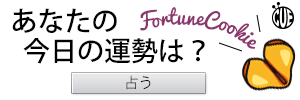お中元/お歳暮日本文化を英語で紹介
Mid of Year Gift/End of Year Gift
歴史の起源、現在の風習や目的、
英語で説明できる?
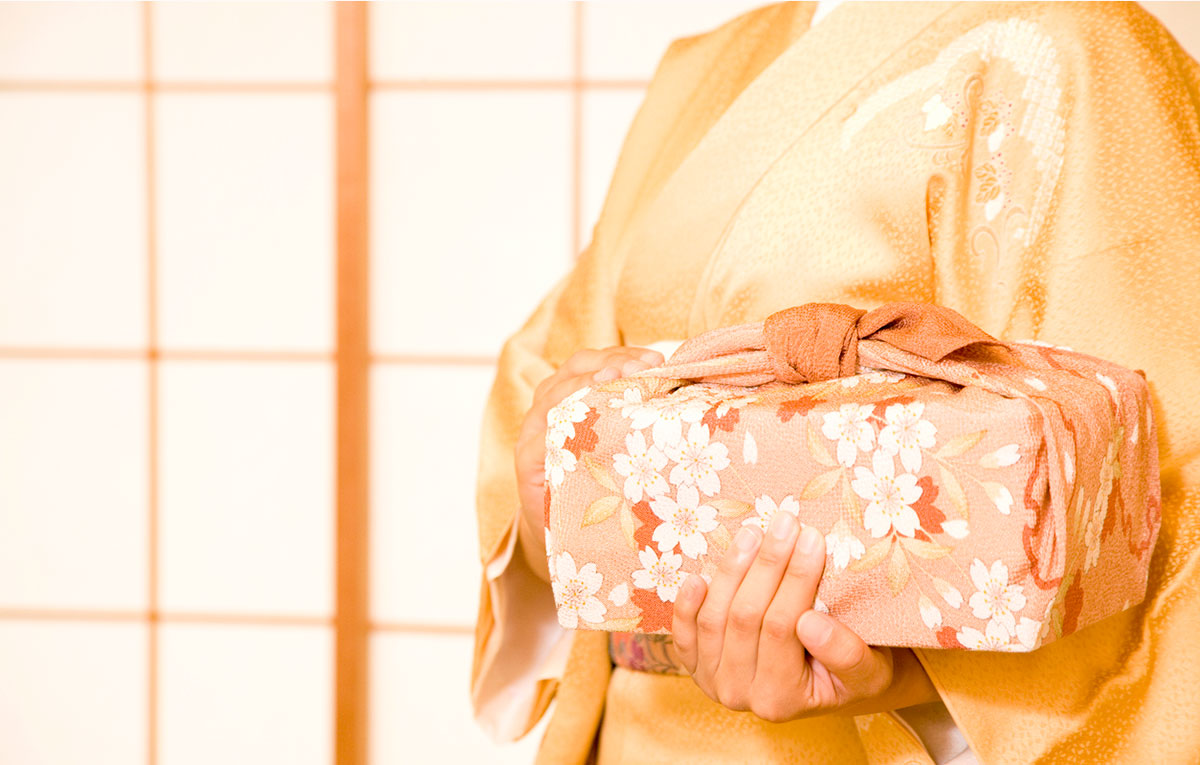
日本の文化である、「お中元」や「お歳暮」。そもそもの起源や現在の常識って聞かれたらすぐに答えられますか? 日本文化のことを聞かれると、意外とわからない起源や習慣などもまとめてみました。英語で日本文化を説明したいときに、ぜひお役立てください。
INDEX
Mid-year and End-of-year Gifts in Japan ● お中元・お歳暮とは
Wrapping Mid-year and End-of-year Gifts ● お中元・お歳暮の包装
Mid-year and End-of-year Gifts in Japan
お中元・お歳暮とは
In Japan, there is a cultural tradition of giving mid-year or end-of-year gifts to those who’ve made a difference in your life.
日本ではお世話になった人にお中元やお歳暮として贈り物を贈る習慣があります
The time frame differs when sending these gifts—summertime for mid-year gifts and around New Year’s for end-of-year gifts.
お中元は夏、お歳暮は年末と、贈る時期が異なります
For mid-year gifts, in eastern Japan the acceptable timing is July 1 to 15, while in western Japan it’s mid-July to August 15.
お中元の時期は、東日本では7月上旬~15日まで、西日本では7月中旬~8月15日です
As mid-year gifts are a summertime gift, it’s common to send beer, frozen desserts, fruits and other items that provide refreshment.
夏の贈り物なので清涼感が味わえるビールや冷菓、フルーツなどを贈るのが一般的です
End-of-year gifts are sent in eastern Japan from the end of November to December 31, and in western Japan from the beginning of December to December 31.
お歳暮の時期は東日本では11月末頃から12月31日、関西では12月初旬頃から12月31日までに贈ります
For end-of-year gifts, many people send items such as ham and alcoholic beverages that are great to have around during the New Year holidays.
お歳暮ではお正月に食べることのできるハムなどの加工品、酒類などを贈る人が多いです
Although many people send gifts both during summer at the end of the year, some prefer to stick to only end-of-year gifts, as they’re generally emphasized when giving thanks for the entire year.
お中元とお歳暮は両方送るのが一般的ですが、1年の締めくくりに贈るお歳暮の方が重視されているので、お歳暮だけを贈る人もいます
It is also common to send gifts of approximately 3,000 yen to relatives and acquaintances, and about 5,000 yen to superiors and parents.
親せきや知人には3,000円程度、上司や両親には5,000円程度の贈り物をするのが一般的です
For people that require a special token of appreciation, gifts ranging from 5,000 to 10,000 yen may also be given.
特に感謝をしたい人には5,000円から10,000円の贈り物をすることもあります
Special selection stands pop up at most department stores during these two gift giving seasons.
お中元やお歳暮のシーズンになるとデパートに特設コーナーが作られます
Originally, it is proper etiquette in Japan to give gifts in person. However, nowadays it is also common to purchase gifts at department stores and send them via post.
日本では本来、贈り物は手渡しするのが正しいマナーですが、現在はデパートやネットで購入して郵送することが多くなっています
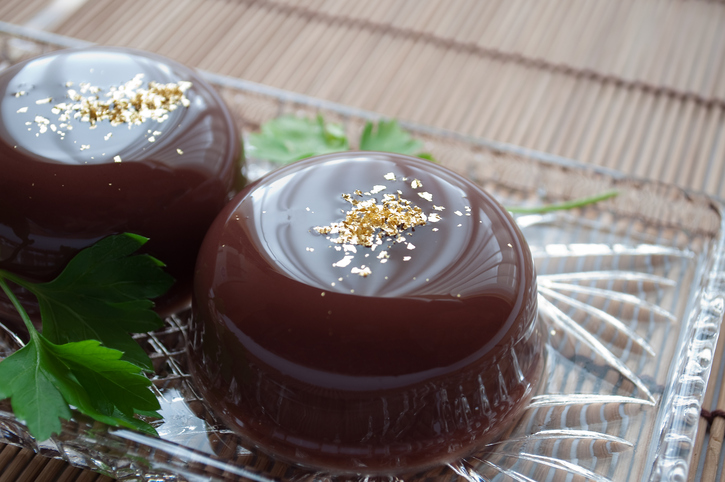
Wrapping Mid-year and End-of-year Gifts
お中元・お歳暮の包装
When sending these gifts, “mid-year gift” or “end-of-year gift” is written in calligraphy on white paper alongside the name of the sender.
お中元とお歳暮の包装には「御中元」「御歳暮」の文字と、贈り主の名前が書かれた白い紙をかけます
In addition, the package is decorated with a five or seven-strand decorative Japanese cord made from twisted red and white paper.
さらに紅白5本または7本の蝶結びした「水引」と呼ばれる帯紐を掛け紙の上に飾ります
Due to modern printing technology, today it is more common to see these designs pre-printed on the package, rather than hand-crafted.
現在は印刷技術が発達しているので、のしと水引を印刷した、のし紙を用いることがほとんどです

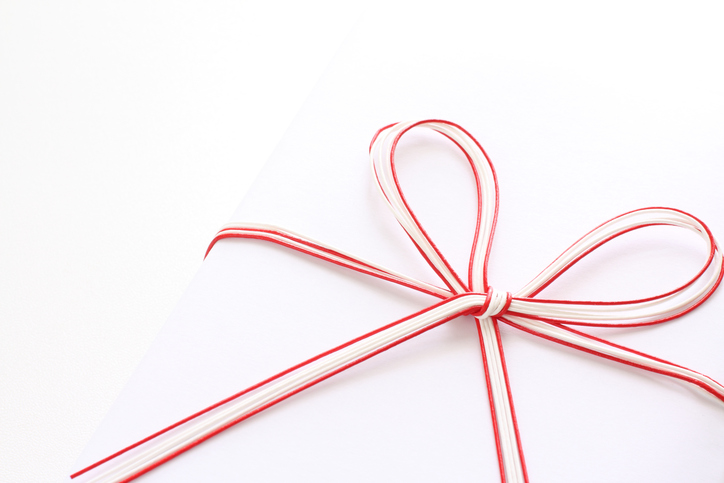
The History of Mid-year Gifts
お中元の歴史
“Mid-year” is defined as July 15th of the lunar calendar.
中元とは旧暦の7月15日のことです
This day was originally celebrated as the birth of a god who determines good and evil, loves human beings and forgives human sin in Taoism, a Chinese religion.
もともと中国の宗教ひとつである道教で、善悪を分別し、人間を愛して罪を許す神の誕生日として祝われていました
In China, Buddhist events celebrating the spirit of the dead, which were also held on this day, were mixed with this Taoist tradition, and the day became focused on memorial services for ancestors.
そこに、この日に行われていた仏教の死者の霊を祀る行事が混ざり、祖先の霊を供養する日になりました
Proposing offerings to one’s ancestors in front of a statue of Buddha on this day is the origin of mid-year gift giving.
この行事で仏前に供える品物を贈る習俗が、お中元の起源になりました
Originally, white rice, noodles, sweets and fruits were offered to the ancestors.
かつては白米、麺類、菓子、果物などをお供えしていました
Today, as “mid-year” is different for eastern Japan (July 15th of the lunar calendar) and western Japan (July 15th of the Gregorian calendar), the timing of giving gifts is different.
現在、大きく分けて東日本は旧暦7月15日、西日本は新暦の7月15日のため、お中元を贈る時期は違います
However, as discounts are often available for advanced mid-year gift purchases from department stores, it is quite common to give gifts on July 15th nationwide.
しかし最近ではデパートなどで早く買うと割引が行われるため、全国的に7月15日ころ贈るのが一般的になってきています
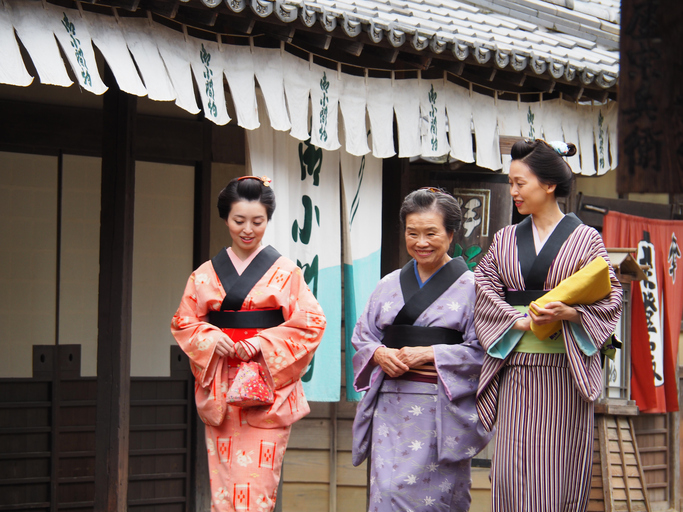
The History of End-of-year Gifts
お歳暮の歴史
Japan also had a custom of proposing offerings to their ancestors for the New Year. In turn, it is said that this is the natural origin of the end-of-year gift giving tradition.
神様や先祖へ新年にお供え物をするため、年末にお供え物を持参する習慣があり、それがお歳暮を贈る文化に発展したとされています
The history of Japanese end-of-year gift giving began in the Muromachi Period.
日本でお歳暮の歴史がはじまったのは室町時代とも言われています
Afterwards, in the Edo Era it spread to the whole country as a general custom. In approximately year 30 of the Meiji Era, it took its current form.
その後江戸時代には一般的な風習として全国に広まり、明治30年頃には現在のようなお歳暮の形になりました
Common gifts at the time were all popular New Year items, such as salmon, amberjack, mochi, and other traditional snacks to accompany the cup of saké offered to the gods, such as herring roe and dried squid.
当時のお歳暮の定番は、塩鮭やブリ、餅などの年越しに必要なものや、神様のお酒のつまみになる、かずのこやするめなどの日持ちするものでした
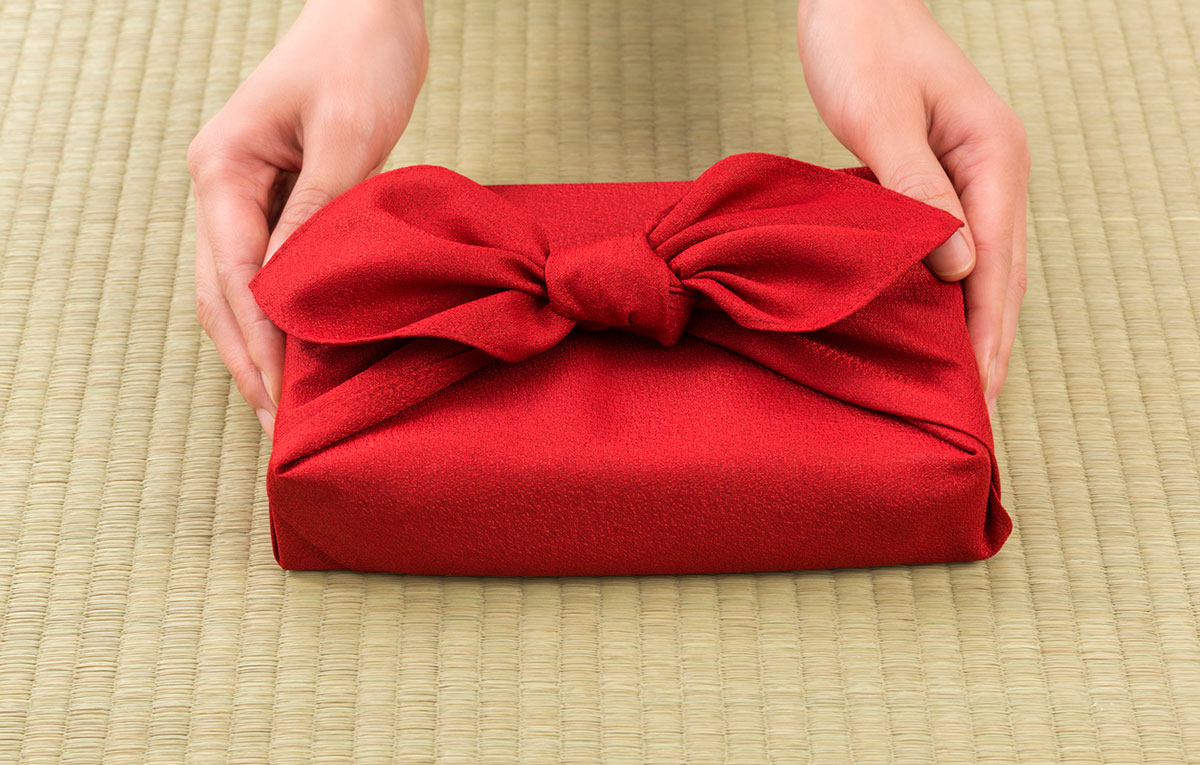
翻訳/Caleb DeMarais














